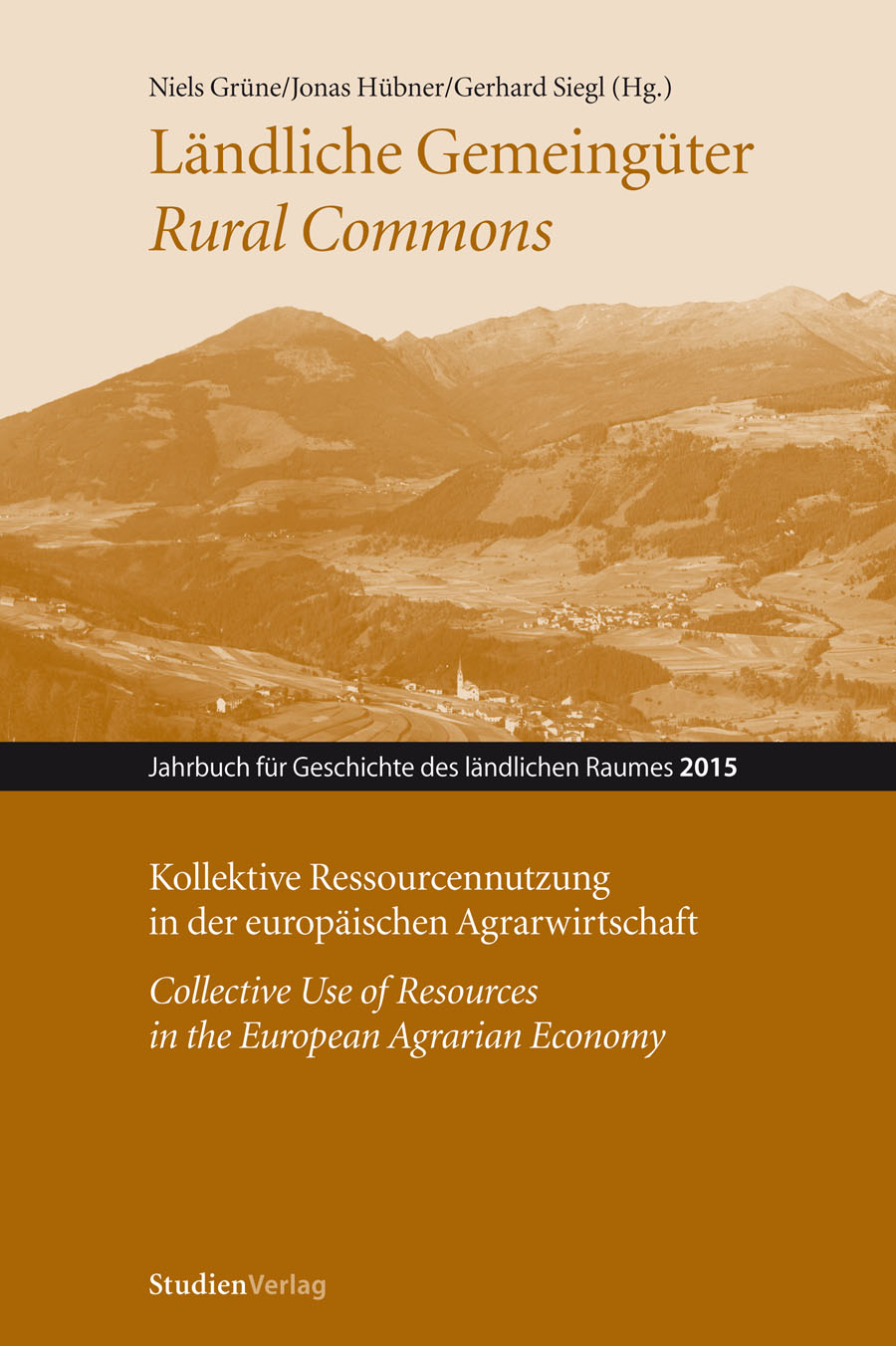Rural commons in Mediterranean France from the seventeenth to the twentieth centuries
DOI:
https://doi.org/10.25365/rhy-2015-4Abstract
Based on local case studies, the aim of this article is to outline the specifics of rural commons in Mediterranean France. Between the Pyrenees and the Italian frontier, the garrigues (scrublands) and other rocky slopes cover major parts of the rural areas. Since the seventeenth century and until the mid-twentieth century, the communes owned most of them or at least claimed some usage rights to them. The issue of access to common-pool resources was
complex and evolving, with resources open to all when they were abundant and less coveted, but managed by a more or less limited number of entitled users. Common land provided many resources for the rural population: Though primarily used to feed livestock and for the improvement of agriculture, they were also places for hunting and for gathering vegetal or mineral resources. Local situations differed significantly according to environmental conditions. The scope of the various common-pool resources seems incalculable, because even though land surveys are recorded in large numbers for the southern regions of France, they only deliver data on arable land, not on common waste.


